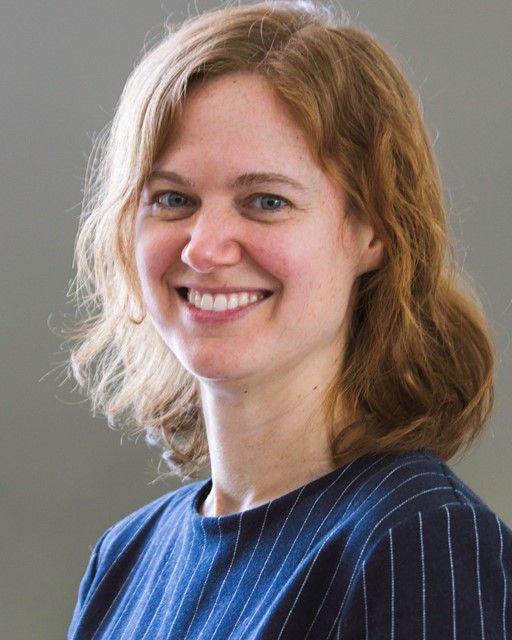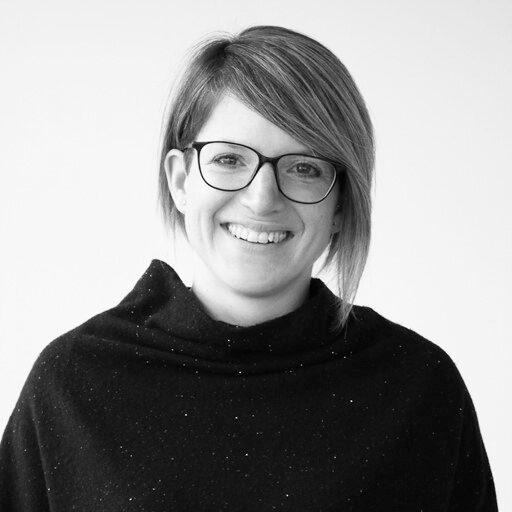Join us for an exciting opportunity to learn from industry experts and contribute to the conversation on optimizing manuscript transfers for authors. In this webinar, we will explore the challenges, strategies, and potential improvements in streamlining the process of transferring manuscripts between publishers’ journals. We understand that this process can be complex and challenging, which is why this webinar aims to foster a collaborative environment where we can deepen our understanding of the issues at hand. Together, we will engage in a discussion to identify potential enhancements and solutions.
Yesterday, ChronosHub organized a webinar titled “Improving Manuscript Transfers for Authors” to address challenges in the manuscript transfer process and explore solutions for enhancing the experience for authors. The webinar began with Romy Beard from ChronosHub providing an overview of manuscript transfers. She discussed both publisher-driven and author-driven routes and addressed various challenges, including selecting the optimal destination journal, managing metadata and reviewer comments, and author concerns about time consumption and potential financial implications.
The webinar featured speakers from leading organizations within the industry who shared their insights and expertise:
– James Butcher, a renowned publishing expert and founder of Journalology shared insights on the benefits of transfer cascades in research visibility and discoverability. He emphasized the importance of transfer cascades in enhancing the visibility of research work.
– Melissa Patterson, from AIP Publishing, discussed journal editors’ challenges in managing transfer processes. She highlighted the need for clear guidelines and policies to ensure fairness for authors and consistency in the review process.
– Catherine Goodman, from the American Chemical Society (ACS), provided insights into ACS’s transfer program. She highlighted their extensive network of transfer pathways, editor training, and personalized recommendations to assist authors in finding the most suitable journal for their work.
Throughout the webinar, the speakers emphasized the significance of transparency, effective communication, and standardized policies among journals to ensure a seamless and efficient experience for authors during the manuscript transfer process. The aim was to foster an open and productive dialogue, explore solutions to enhance the transfer process and support authors in their publishing journey.
ChronosHub will publish a detailed blog addressing the questions and topics discussed in the webinar.
Speakers
Moderator
Share this post



